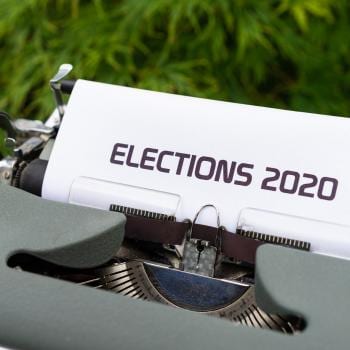 “Because nobody can get him – even Amerrrrica.” Apparently Bin Laden’s ability to elude authorities was what made him so admirable.
“Because nobody can get him – even Amerrrrica.” Apparently Bin Laden’s ability to elude authorities was what made him so admirable.
It’s kind of hard to imagine for many of us, but in a country where plain-clothes police eavesdrop freely and people disappear routinely, it makes sense to admire a criminal who can elude even the most sophisticated military in the world. Having had a couple questionable run-ins myself and talking with an Irishman who was briefly detained and interrogated just days earlier, I decided not to press the issue.
…the ethnic Burma’s so-called ethnic conflict is more aptly described as a political conflict against the ruling military rather than a conflict between warring ethnic groups. The conflict is primarily a conflict between the ruling military exercising a monopolistic control of the state in Burma and the ethnic nationalities. It is a vertical conflict between the state and various ethnically defined societies.
The intolerance of the military and its inspiration to “racial supremacy” and to political domination and control has no limit and the climax of it could be seen by its refusal to hand over power to the winners of 1990 nation-wide election.
Indeed Burma has evolved into a dual-colony in which the population of more than 55 million citizens is being herded into a political space via the Orwellian “7-steps road map for democracy.”
Now that Osama bin Laden is dead which indicate that the backbone of Al Qaeda is broken and witnessing the Arab people struggles in Egypt, Tunisia Libya, Syria, Yemen, Bahrain one wonders whether the West will help the people of Burma whom the Junta considered be the slaves of the military forever. At least the hope is spreading even as the people of Burma know that the only way the opposition movements in particular and multi-ethnic communities in general, can defeat these native colonizers is through inter-ethnic—and inter-class—solidarity. On their part they are endeavouring that the Northern alliance (Kachin, WA and Shan) to work hand in glove not only with the Southern alliance (Karen, Karenni, Mon, Rakhiang and Chin) but also with Daw Aung San Su Kyi and the NLD to be an alternative to the Junta’s puppet government and for this the people of Burma need the international backing, then and only then Than Shwe will be soon Burma’s Osama-bin Laden.













